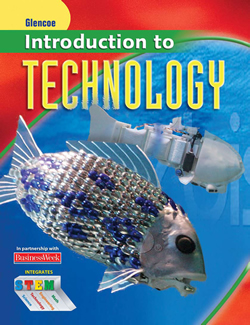
Introduction to TechnologyUnit 4: BiotechnologiesBusinessWeek Tech News(Chapter 14, p. 294) Read the complete article and answer the question from your textbook: Critical Thinking Why is it important to remove all cancerous material during surgery? The Cancer Front: Scorpion Rising The best way to get rid of a cancerous tumor is to cut it out. But surgeons often leave behind a few cells, which allows the cancer to reemerge and spread. A team of researchers from Seattle Children's Hospital Research Institute and Fred Hutchinson Cancer Research Center may have a way to help surgeons more precisely eliminate all of the original cancer cells, by "painting" them with a protein derived from scorpions. The scientists discovered that a protein called chlorotoxin, found in the venom of the deathstalker scorpion, binds to brain tumor cells minutes after it's injected. When combined with a fluorescent molecule, the protein lights up the cancer cells, allowing surgeons to see them in real time. This is particularly useful in brain tumors, where about 80% of cancers recur at the edges of the surgical site. The compound has been successfully tested in mice, and the scientists are preparing to seek Food & Drug Administration approval for human trials. By Catherine Arnst August 13, 2007 |  |
















